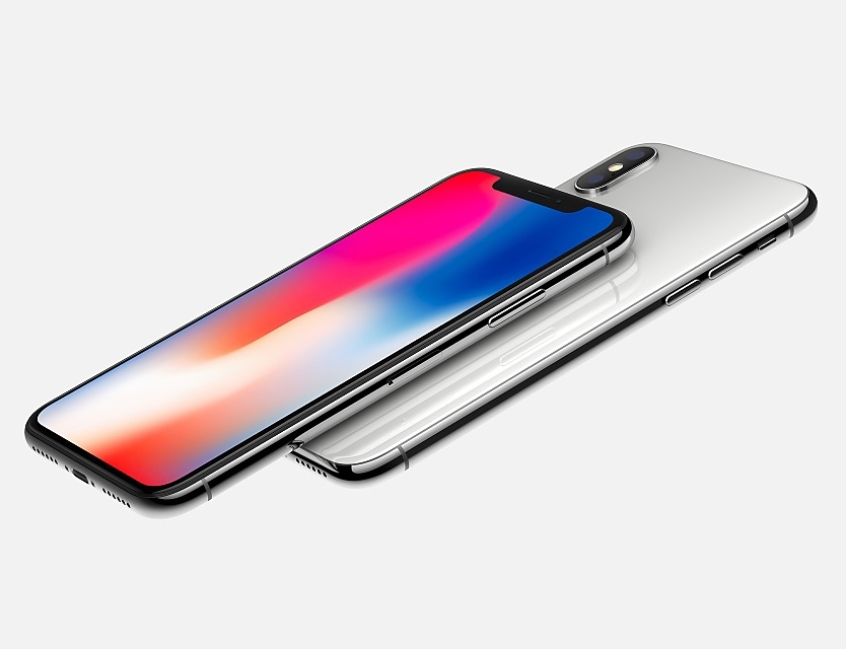
The iPhone X, Apple's latest and most modern iPhone, introduced consumers to a host of new features, including the brand new OLED display. Now, with screen burn-in issues surfacing for other phone brands with OLED screens, Apple has updated its iPhone X support page in an attempt to address possible issues with the screen of the $1,000 phone.
Apple explained that if users look at the OLED display at an off-angle, there may be noticeable shifts in color and hue. The support page explained that this is a characteristic of OLED and is considered normal behavior.
The company also addressed any possible burn-in issues that iPhone X users may encounter with its screen. "With extended long-term use, OLED displays can also show slight visual changes," Apple said in the support page. "This is also expected behavior and can include "image persistence" or "burn-in," where the display shows a faint remnant of an image even after a new image appears on the screen."
Apple also noted that the burn-in issue may occur in extreme cases, like when the same high contrast image is displayed on the screen for prolonged periods of time. "We've engineered the Super Retina display to be the best in the industry in reducing the effects of OLED 'burn-in,'" Apple assured its customers.
With the company pre-empting potential complaints from its customers, Apple is looking to avoid the problem which has been encountered by Google with its new Pixel 2 XL flagship phone. Its users have complained about burn-in problems with the OLED displays. To appease its customers, Google responded by increasing the length of the warranty period of all the Pixel 2 and Pixel 2 XL phones.
The iPhone X's display is manufactured by Samsung, which also makes the screen for the Google Pixel 2. The pixel 2 does not suffer from the burn-in issues reported in the larger Pixel 2 XL, whose screens are manufactured from LG's POLED technology.













